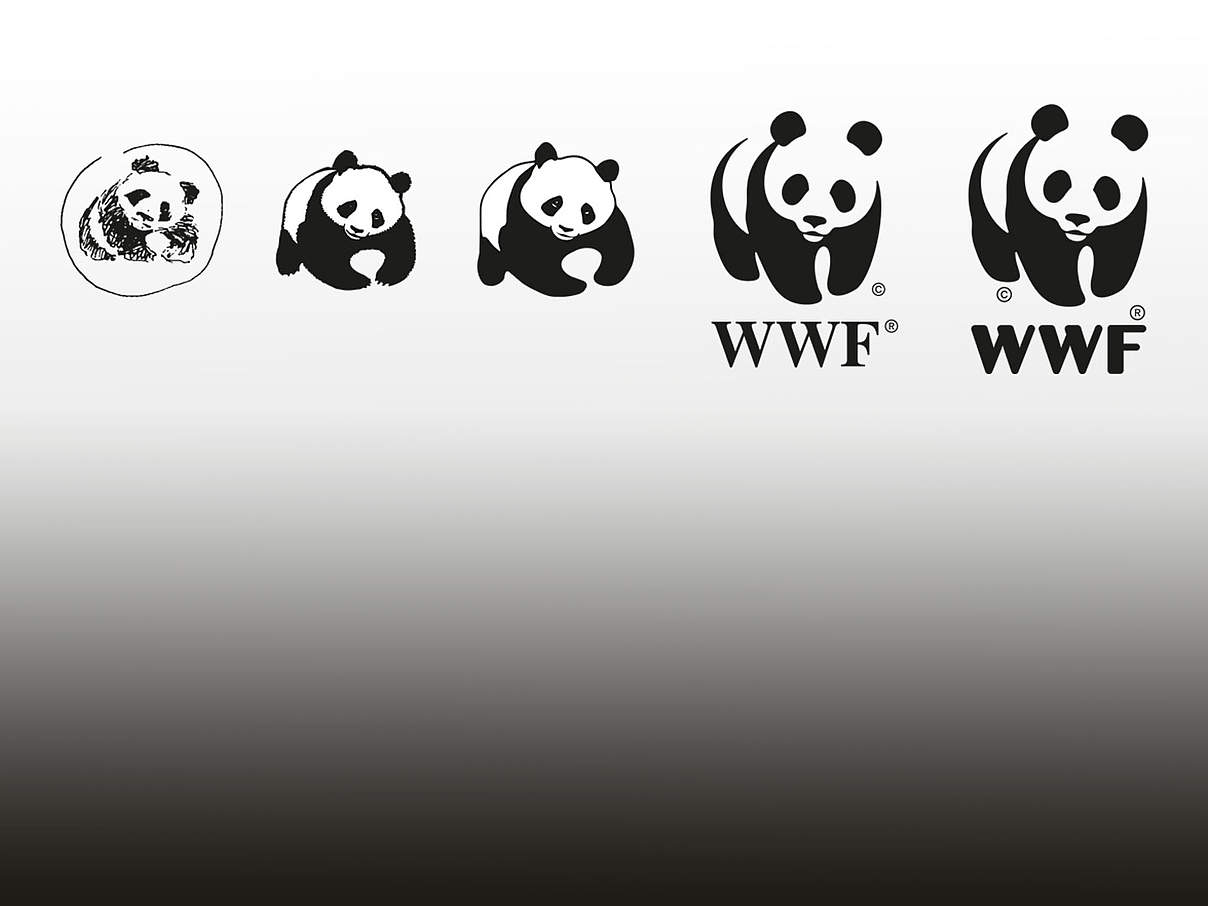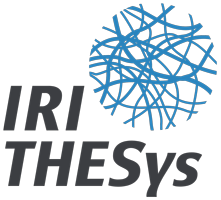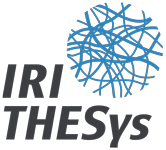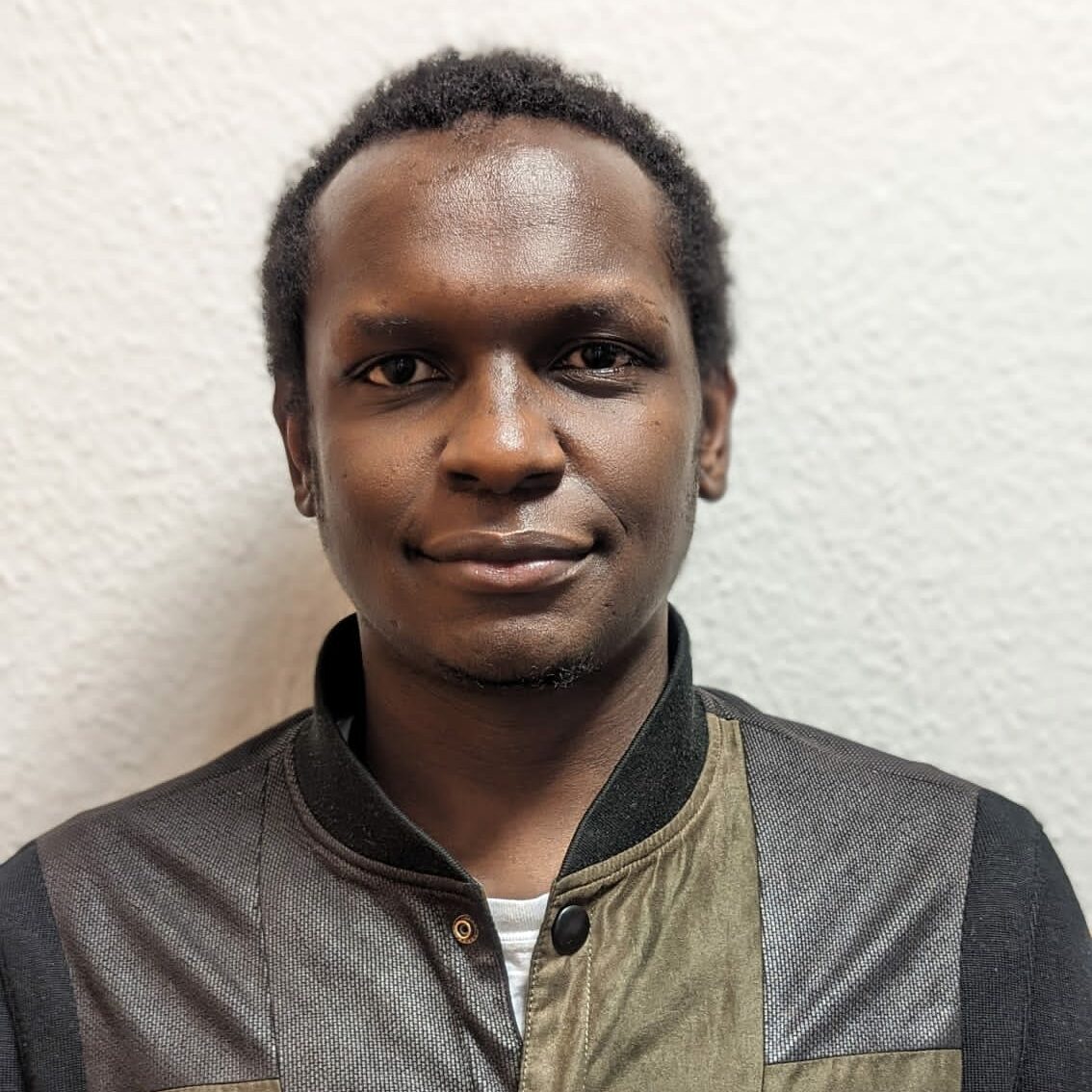PhD Project
Heterogeneity in Climate Impacts
Rural smallholder households, comprising both men and women, agricultural systems, and agroecological zones (AEZs) are heterogeneous, implying climate impacts – and the value of adaptation strategies – vary within and between these populations. Climate change is dynamic, locally specific, and manifests differently across genders, AEZs, socioeconomic, socioecological, biophysical, and environmental profiles. Although people, environments, or ecosystems within specific heterogeneous AEZs face or share equal climates, climate change unequivocally metes asymmetric, disproportionate effects, with natural-condition, resource-dependent smallholders, and agroecosystems, arguably, more prone and at risk, given their centrality in agricultural food production systems. It is, therefore, neither likely that they experience climate effects symmetrically, nor have similar adaptive capacities.
Gender Disparities and Vulnerability
Even more, women, marginalized and disadvantaged smallholders within this already vulnerable category will be most at risk, disproportionately pushed or affected further beyond the overall smallholders’ exposure and vulnerability. This is attributable to inherent, deeply rooted biases and discriminatory sociocultural traditions, beliefs, and norms regarding gender roles, women especially. These include lack of or limited agency; decision-making power; access to, control over, ownership, and use of productive resources, such as land; institutional support-service barriers limiting access to, amongst others, agricultural extension services, financial resources such as credit and loans; and suchlike. What’s more, even within similar AEZs and household headship statuses, greater heterogeneities also persist.
Climate Adaptation Gaps
Thus following, a key shortfall of previous impact assessments that the current study posits, is the sparsity of information on how climate change impacts are distinctively and disparately felt, responded and/or adapted to be incongruous, gender-disaggregated and AEZ-differentiated smallholder groups of Climate-Smart-Agriculture Technologies, Innovations and Management Practices (CSATIMPs) adopters and non-adopters. In this regard, holistic research into the social, economic, and environmental effects or impacts of climate change (including adapting to the effects, through adopting CSATIMPs) that accounts for heterogeneities in both smallholders’ gender and AEZs, have not garnered robust rigour and attention in rural Kenya, in spite CSATIMPs encompassing all three goals.
Policy and Strategy Challenges
Since the livelihood of the rural-poor Kenyan smallholder is tied to naturally occurring resources (land, soil, rainfall/precipitation, water bodies, etc), policies and strategies addressing climate change and natural resource degradation have been designed. Unfortunately, those policies and strategies had unquantifiable results or impacts, due to inadequate evidence-based research tailored for specific genders and heterogeneous AEZs, at the local micro plot and household, meso communal and village, as well as macro-regional scale and levels.
Innovative Pathways for Interdisciplinary Research
This research argues for greater pluralism in the underlying scientific discourse, by acclimatizing and adapting interdisciplinary agricultural economics methods together with geo-informatics and geospatial tools and techniques – in the spirit of sharing with interfacing disciplines – thus broadening the underlying research methodology, and making concrete the resulting practical, theoretical and empirical evidence bases. By fostering greater professional interaction among disciplines, novel methods can pinpoint to new sustainability and adaptation pathways. Overall, this research will rely on the triangulation multimethodology to fill fundamental research gaps.
Research Funding Support
Incidental to PhD funding support from the Elsa-Neumann-Scholarship of the Federal State of Berlin, this work greatly benefits and would be impossible without generous backing from Foundation Fiat Panis for food-nutrition security research, and the World Wide Fund for Nature, Inc. (WWF) Russell E. Train Education for Nature Program (EFN) for environmental conservation/preservation research.

Header image credit: Denis Momanyi



